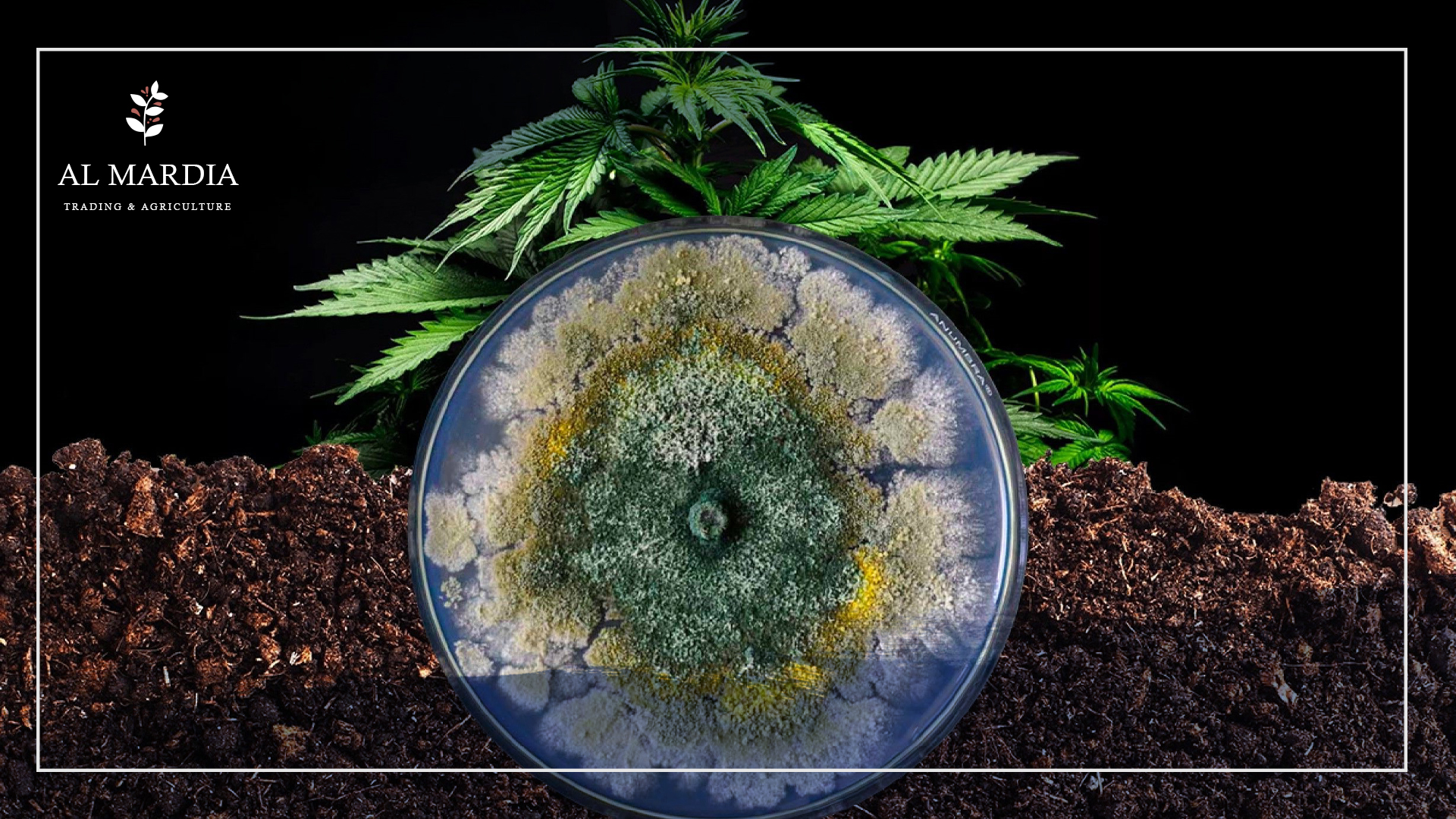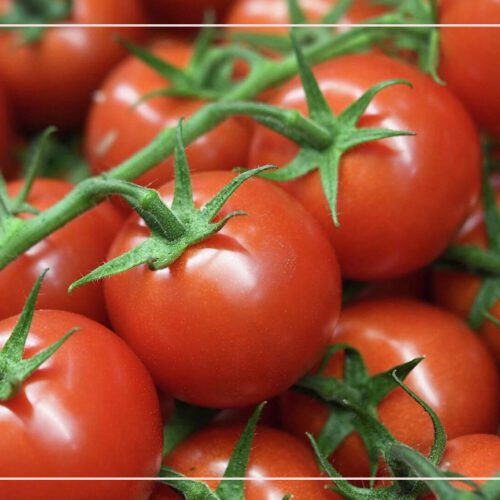

Trichoderma: The Best Bio Fungicide
Trichoderma is a genus of beneficial fungi that inhabit soil around the world. These fungi are renowned for their ability to colonize the root systems of a variety of plants and aid in protecting them from diseases caused by other fungi. It has been used for centuries as an effective form of natural pest control and plant health management. This article will discuss how Trichoderma interacts with plants, focusing on its role in root colonization. We will also explore the use cases of Trichoderma in improving crop yields and protecting crops from disease.
This fungus has the potential to effectively control a variety of pathogenic fungi found in soil, such as Fusarium (wilt), Rhizoctonia (root rot), Sclerotinia (blight), and Pythium and Phytophthora (damping off).
Trichoderma is generally most effective when added to plants that are underperforming. If your plants are growing at their full potential, the effects of adding this microbe may be minimal or non-existent.
Under favorable conditions, yield improvement has been observed in the range of 10-20%. While in suboptimal conditions, it can even reach up to 300%. See our product Tricho Protect
The Interaction of Trichoderma with Plants
Plant Root Colonization
Upon being deposited in the soil, this particular fungus attaches to plant roots. It spreads through the rhizosphere and assists in forming a physical barricade which impedes the development of fungi colonies that could lead to infestation effects on the plant.
It colonizes the plant roots, forming a symbiotic relationship with the plant and providing protection against diseases.
Trichoderma has the ability to resist the protective chemicals produced by plants, allowing it to find its way onto the roots. Additionally, it does not impede the functioning of other helpful microbes like mycorrhizae and Rhizobium (nitrogen-fixing bacteria), which are vital for a plant’s growth.
Biofertilization
It is the process of using beneficial microorganisms to improve plant health. One of the most commonly used organisms for this purpose is Trichoderma, a fungus that can help plants even in the absence of pathogens. This type of fungus grows best in acidic soil and has been used for centuries to increase crop yields and reduce disease incidence. Furthermore, it has been found to be effective against root-knot nematodes, which are common pests in many crops. In addition, Trichoderma can also increase the availability of nutrients in the soil, helping plants get more out of their fertilizer applications.
These acids carry a special function that profoundly aids plants. They can solubilize phosphates and mineral ions, for instance, iron, magnesium, and manganese. In simpler terms, these substances make it simpler for the plants to take in these minerals by helping them dissolve.
Stimulation of Plant Defense Mechanisms
Plants have a complex and sophisticated system of defense mechanisms that they use to protect themselves from pathogens and other environmental stressors. The ability of plants to sense the presence of a pathogen and activate their defense mechanisms is known as plant defense stimulation. This process involves the activation of various biochemical pathways and responses in order to combat invading foreign bodies.
In recent years, researchers have been exploring ways to stimulate plant defense systems in order to improve crop yields, reduce disease susceptibility, and increase nutrient availability.
By understanding how these pathways work, research has revealed that Trichoderma can activate plant defense responses, thereby providing protection against soil-borne pathogens. Additionally, this fungus also offers control of Botrytis – a debilitating above-ground fungus.
Method of application:
-
Seed treatment:
It is recommended to mix 6-10 grams of Trichoderma powder for each kilogram of seed prior to sowing for the best results with a seed treatment.
-
Nursery treatment:
In nurseries, it is advised to apply 10 – 25 g of Trichoderma powder per 100 m2 of nursery bed. Prior to the treatment, the addition of Neem Cake and Farmyard Manure (FYM) can increase its effectiveness.
-
Cutting and seedling root dip:
For cutting and seedling root dip, one should mix 10g of Trichoderma powder with 100g of well-rotted FYM per liter of water and let the cuttings and seedlings soak for 10 minutes prior to planting.
-
Soil treatment:
After turning the sun hemp or dhaincha into the soil for green manuring, 5 Kg of Trichoderma powder should be applied per hectare.
Mix 1kg of Trichoderma formulation with 100 kg of farmyard manure. Then, cover it for 7 days with a polythene sheet. Keep the heap moist by sprinkling water intermittently. Make sure to turn the mixture every 3-4 days intervals, then spread it in the field.
-
Plant treatment:
Mix 10 grams of Trichoderma powder in one liter of water and apply it around the stem region.
In conclusion, the use of Trichoderma as a natural fungicide has become increasingly popular in recent years. It is an effective, cost-efficient, and eco-friendly way to protect crops from fungal disease. However, proper care must be taken when using Trichoderma in order to ensure its effectiveness and reduce potential damage to the environment. This includes avoiding the simultaneous application of chemical fungicides after the application of Trichoderma for 4-5 days. Try to avoid the use of Trichoderma in dry soil, and check that the soil remains moist for maximum survivability.
Related topic
Soil Organic Matter
Common Questions:
Is Trichoderma mold harmful to humans?
Trichoderma harzianum Rifai Strain T-39 is a naturally occurring fungus used to protect crops from the gray mold, Botrytis cinerea. Its active ingredient does not present any risk of disease or adverse health effects to humans. It also does not seem to be harmful to the environment.
How to Use Trichoderma?
In order to treat the nursery plant, mix of 5 grams of Trichoderma in 1 liter of water. This should be made and the plant should be soaked in it. Subsequently, the planting or transplanting process can be initiated.
How long does Trichoderma live in soil?
After coming into contact with roots, certain strains of microbes can colonize the root surface or cortex. If applied as a seed treatment, these beneficial bacteria can colonize root surfaces up to one meter or more below the soil surface. They remain at useful levels for up to 18 months after application.





